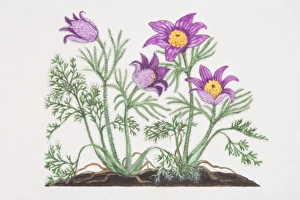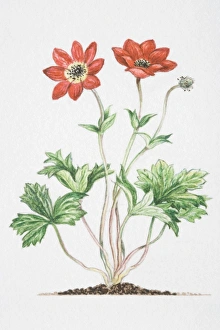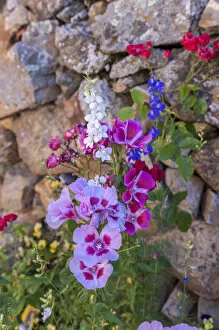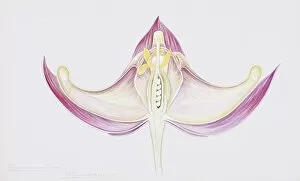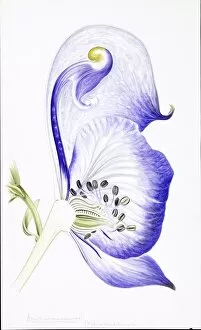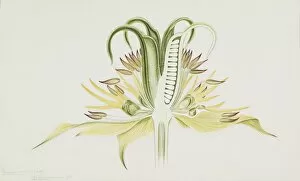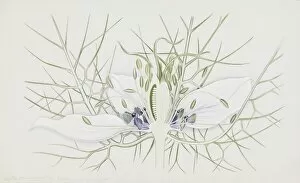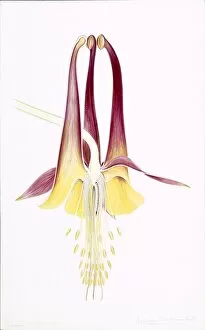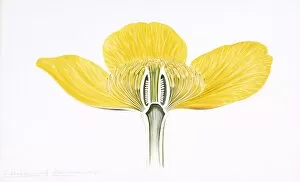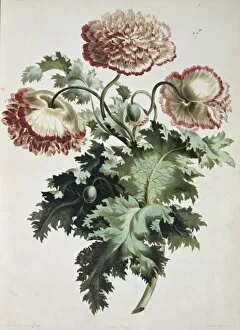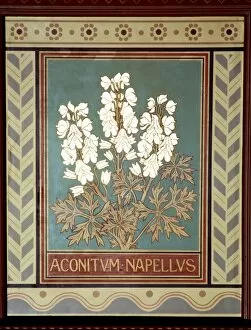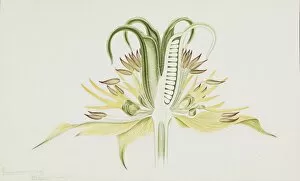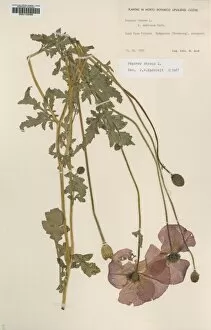Ranunculales Collection (page 5)
Ranunculales, a fascinating order of flowering plants that encompasses a diverse range of species
All Professionally Made to Order for Quick Shipping
Ranunculales, a fascinating order of flowering plants that encompasses a diverse range of species. From the vibrant poppies and cornflowers near Castellucio di Norcia to the enchanting Clematis viticella, Polish spirit, these flowers never fail to captivate our hearts. Journeying to Mt Qomolangma National Park in Qinghai Tibet Plateau, China, one can witness the mesmerizing beauty of the blue poppy (Meconopsis zangnanensis), a true marvel of nature. But it doesn't stop there; Fumaria officinalis, also known as fumitory, adds its delicate charm to this botanical tapestry. And who could forget about Papaver somniferum? The opium poppy holds both historical significance and undeniable allure. Nature's wonders extend beyond flora alone - behold the black oil beetle feeding on the flower of Lesser celandine. Aquilegia sp. , commonly known as columbine, dances gracefully amidst woodlands while Papaver sp. , with its striking blue petals, demands attention. In Staatsbossen woodland in Texel, Netherlands, we are greeted by the ethereal Wood anemone (Anemone nemorosa) blooming delicately. Meanwhile in Bamberg Germany during June days, Osmia papaveris or Poppy bee rests on Common poppy petal pieces carefully collected for nesting material - truly showcasing their resourcefulness. And let us not overlook the heartwarming sight of two ponies engaged in mutual grooming amidst a field adorned with buttercups (Ranunculus sp). This scene reminds us of nature's interconnectedness and harmony. From breathtaking landscapes to intricate ecological relationships between insects and flowers, Ranunculales offers endless fascination. These glimpses into their world remind us why preserving biodiversity is crucial for future generations to cherish such natural wonders.





